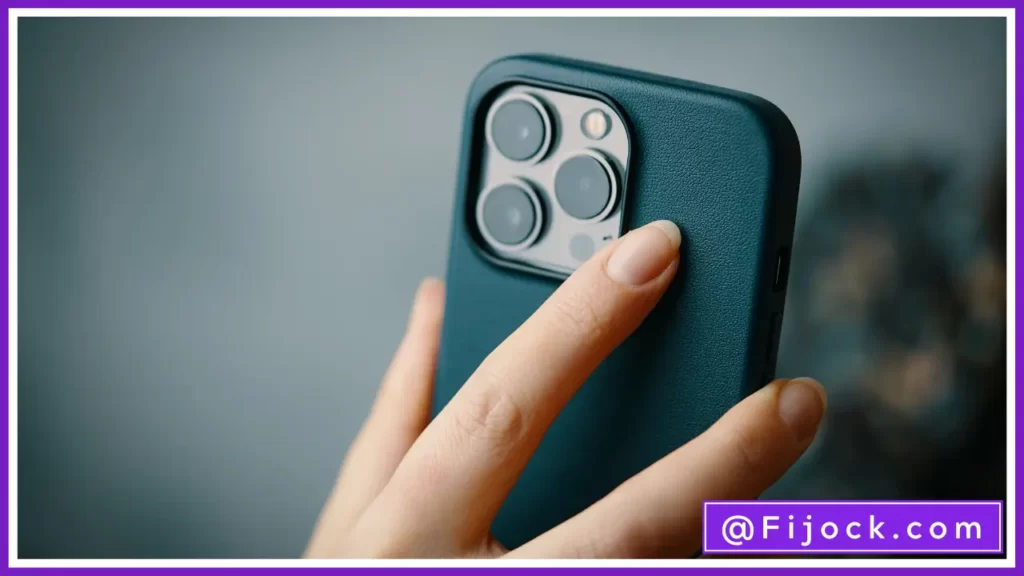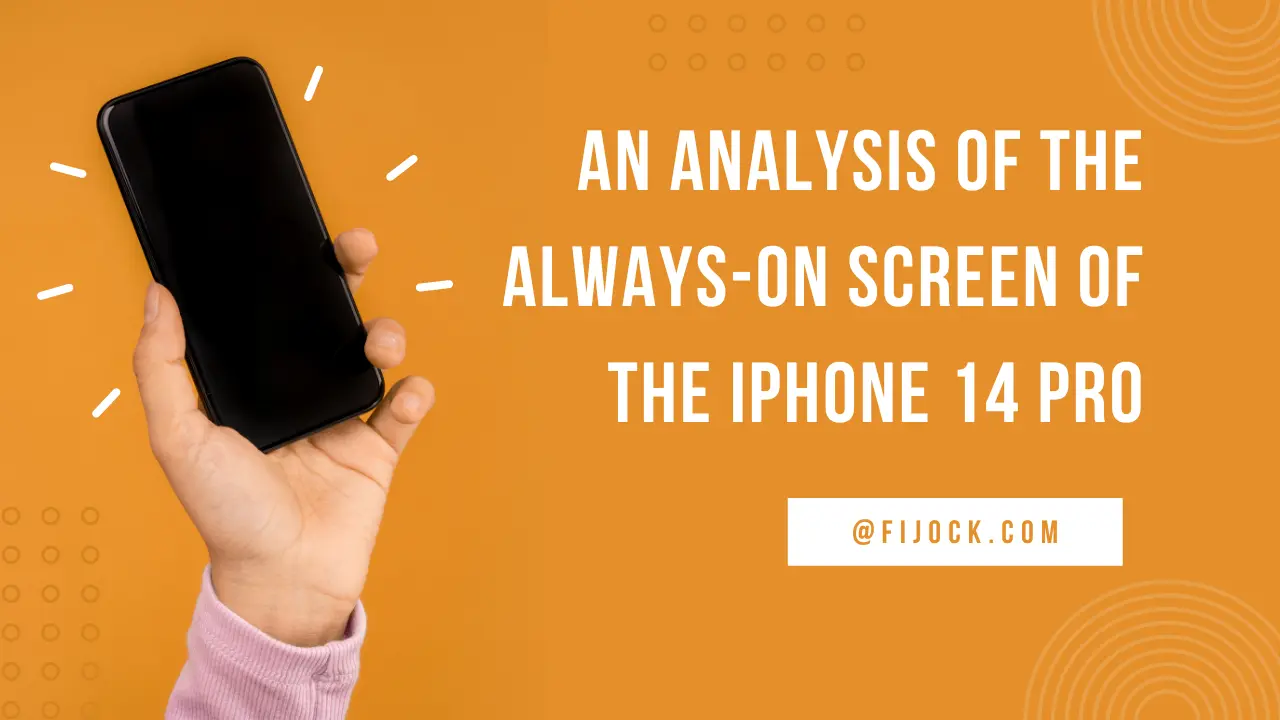This has now really transpired. There is now an always-on screen on the iPhone 14 Pro and iPhone 14 Pro Max. If you’ve used a recent Android phone, you’re already familiar with always-on displays and don’t need convincing that they’re a useful addition, but in the world of iPhones, this is something whole new. The company Apple, of course, is taking a somewhat different approach.
A feature known as “always-on” screens allow phones to show the time, date, and alerts even while they are locked and sitting idle on a tabletop. In most cases, just the most crucial elements of your screen will stay active. For instance, the Pixel phones from Google may display a dark background with only the time and a few app icons illuminated. This is helpful since it allows you to view information without having to tap or pick up the phone.
Apple has decided to alter its recipe. Apple’s version is a little bit different (and maybe a lot better) than others’; unlike other companies’ “always-on” displays, which are really turned off most of the time, Apple’s display is always on; it’s just very dim.
Next week’s update to iOS will bring widgets and complexities to the home screen, among other changes. The always-on screen of the iPhone 14 will display all of your widgets and complications even while you’re not using the phone. The catch is that Apple’s iPhone will still display your lock screen wallpaper (complete with colours) but at a much lower brightness. Everything on the screen will literally be “always on.”

But the question remains: Why did Apple wait so long to implement this function? Because it needed to improve the performance of its always-on screen, it delayed doing so for a while.
To begin with, Apple held off until the iPhone featured an OLED screen, whereby just the lighted pixels require electricity and wherein all of the pixels may be lit at varying intensities. That’s a feature shared by OLED screens of all sizes, including those seen in smartphones, smartwatches, and even large-screen televisions. Because of this, OLEDs are far more power-efficient than other display types; always-on displays take advantage of this to significantly reduce the load on the battery compared to the typical “on” state.
However, this only scratches the surface. Even while all iPhone 14 models include an OLED display (as do several models since the iPhone X), only the iPhone 14 Pro and 14 Pro Max contain the supplementary hardware required to power an always-on display. Apple’s head of marketing has said that the Pro’s always-on screen is made possible by “a variety of innovative technologies that make the display highly power efficient,” such as the presence of many coprocessors in the chipset. The screen refresh rate of the iPhone 14 Pro and Pro Max can be dynamically adjusted from a power-hungry 120Hz to a low-power 1Hz mode, meaning it only refreshes once every second.
Joswiak further noted that the dynamic refresh rate adjustment and “the display intelligently dimming the whole Lock Screen” are made possible by the use of a low-temperature polycrystalline oxide (LTPO) screen in the display of the iPhone 14 Pro and Pro Max. Some Android phones, such as Samsung’s Galaxy S22 Ultra, and the Apple Watch Series 5 and later (except the Apple Watch SE), also use similar technology. This is a very recent development in mobile technology, therefore it may not be present in all handsets just yet.
It is not necessary to have an LTPO screen in order to have an always-on display on a mobile device; in fact, major Android phones already had them over a decade ago, as shown on 2013’s Moto X, and even Nokia’s Lumia 925 Windows Phone had a restricted form of it. Newer and earlier variations on the always-on display share the fact that they don’t provide as satisfying of an experience as the iPhone 14 Pro.
Previous versions of Apple’s LTPO screen and low-power display driver gave fantastic battery results, as we witnessed while reviewing the Apple Watch Series 5. However, the impact of Apple’s always-on functionality remains to be seen. Even while the Samsung Galaxy S22 Ultra doesn’t have a fantastic battery life expectation overall, my colleague Allison Johnson observed in her review that it, too, employs LTPO technology to produce better efficiency while in always-on display mode.
When compared to the standard iPhone, the iPhone 14 Pro is even more impressive. While better cameras and other unique features are to be expected, the always-on function stands out as a noticeable and helpful upgrade. It’s to be hoped that Android’s rivals will also work to include brighter, more information-packed always-on screens into their own cutting-edge mobile devices.
Read Also:

